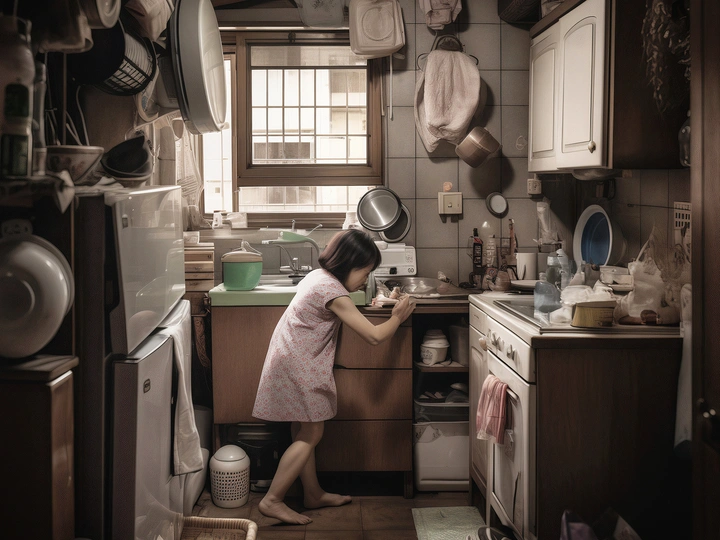How AI sees Us

Ettore Zonzini
Team member - Martina Pelliccioni
Martina Pelliccioni is 28 years old and graduated in Humanities from the University of Urbino and later in Italian Studies from the University of Bologna. Her passion for literature and foreign languages such as French, English and German have always accompanied her throughout her education.
Martina has worked as a cultural worker in an Italian-French bookstore in Paris and in the hospitality sector at Expo 2020 Dubai. She is currently devoting herself to the field of education as a teacher of literature at middle and high school.
Within the How AI sees Us project, Martina has dedicated herself to editing and selecting literary, artistic, sociological and philosophical content.
Team member - Ettore Zonzini
Ettore Zonzini is a 29-year-old architect who graduated in architecture from the University of Bologna. During his years of study, he never stopped cultivating his passion for drawing, consuming sketchbooks during long train commuting trips.
While working as an architect, he created a wooden design line selected to be exhibited at Sharjah Heritage Week and Expo Dubai 2020 in the United Arab Emirates. In 2023 he participated in the STF - Shaping The Future program, a call for artists aimed at training a new generation of digital artists.
Within the How AI sees Us project, he was in charge of the architectural analysis and environmental psychology part.
Looking for beauty on Midjourney and the other Artificial intelligences is something quite easy, everyone can get a beautiful image with little effort. But what if instead we asked to depict something more ordinary, more common, like the daily life of an ordinary person in his or her home somewhere in the world?
Artificial intelligences such as Midjourney generate images from a written prompt and an algorithm that reprocesses an immense amount of existing images. The output is a new image resulting from the visual synthesis of all those employed in its creation.
Considering that each image retains the influence of its author's point of view, when the request is a representation of human emotional interactions, the result can be a very interesting unintentional self-portrait.
The employed prompts describe human subjects within a domestic context but left it to Midjourney to weave the connections in the form of an image.
This project offers a unique opportunity: peeking inside humanity's collective self-perception of itself.